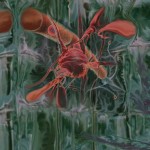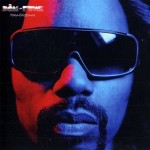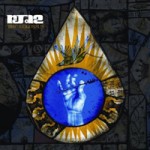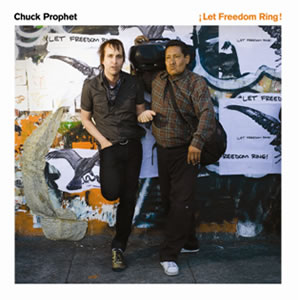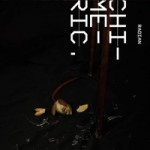Review
Pitchfork
March 11, 2010
Link

Casey Dienel doesn’t stay put for very long. The singer’s last full length with White Hinterland, 2008’s Phylactery Factory, swayed to brushed drums, dainty piano, and perky vocals. Later that year, she created prickly, sophisticated art-lounge on the Luniculaire EP, a collection of originals and covers all sung in French. Like her earlier work, there was still a strong theatrical element in those edgier songs, but it didn’t exactly point the way toward the hazy pop pulse of Kairos.
From the opening seconds of the album– a lazy tide pool of swirling synths and echoing vocals– White Hinterland strike a different pose. The graceful piano, chamber-pop arrangements, and storybook lyrics of the past were crisp snapshots; Kairos is a collection of over-exposed and landscapes– bold, blurred, and wide open.
Dienel and bandmate Shawn Creeden removed the piano from the equation on Kairos, and the result is a textbook case of addition by subtraction. Dienel’s voice, still delicate and fluttering, sounds more powerful and expressive, free and untethered from the jazzy arrangements of the past. With antiquated references stricken from the lyric sheet, Dienel’s words come off as more personal and direct. She swoons on “Cataract” and “Magnolias”, two of the gorgeous tracks in which her sweet tone and confident phrasing, along with unfurled guitar melodies, recall Bitte Orca.
Considering the album’s chugging, fuzzy rhythms and lo-fi synth wash, Dirty Projectors won’t be the only indie reference point cited when discussing Kairos. But the myriad of elements, from the dubstep-grade bass hits to looped vocals, beautifully comes together. Kairos represents a bold step for Dienel and White Hinterland, a re-imagining of the music-making process and an example of musical experimentation and evolution. As the restless Dienel sings on “Moon Jam”, “I am afraid of so many things/ But I do not fear the future.”
